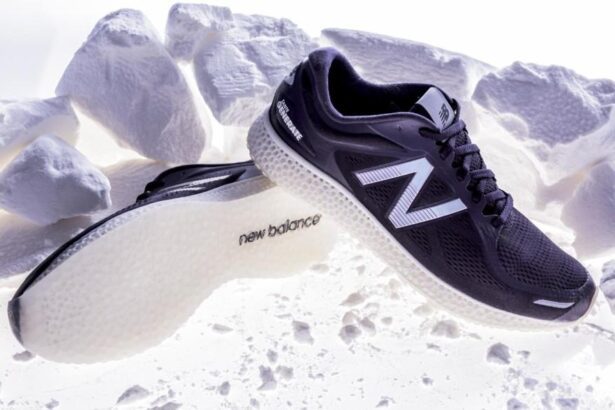Patients seeking care at an Ensenada, Mexico hospital have lost limbs in many different circumstances. Mostly through traumatic accidents or diabetes.
Now they are getting artificial limbs that are made by a 3-D printer, through a new La Mesa-based company called LIMBER Prosthetics & Orthotics.
The company said its digital system can be a cheaper, faster way to customize prosthetics. LIMBER P&O is currently providing prosthetics to patients in Ensenada with funding from the Coronado Rotary Club and the Rotary Club Ensenada Calafia.
“This is the LIMBER unileg,” said company co-founder Joshua Pelz as he demonstrated a printed sample of a lower leg and foot made from lightweight, custom plastic.
“It is a single-piece prosthesis that is 3D-printed in just half of a day,” he said. “So you press ‘start’ at night, and you pull it off just like this in the morning, ready to go on an amputee, allowing them to get back out into the world.”
Pelz is a doctoral student of materials science and engineering at the University of California, San Diego (UCSD). The company’s artificial limbs are printed at a UCSD campus lab. He said their process begins with a scan of the lower body, using an iPhone equipped with FaceID.
“We scan the patient from the waist down. We take that scan data and bring it into the computer as a 3D model,” Pelz said. “And we basically build the whole prosthetic device around that scan data.”
Another co-founder of Limber P&O is Herb Barrack, a prosthetist who has been creating artificial limbs for decades. Many years ago, he would carve them out of balsa wood by hand.
Barrack established a relationship with the Ensenada hospital many years ago, making it a logical partner for the use of Limber prosthetics. This summer, the company said it will deliver ten more limbs to the clinic.
Barrack said that 3D printers bring a huge advantage to the creation of prosthetics.
“It’s precision,” he said. “The 3D printer and the digital process allow us to be very exact. The digital process allows us to duplicate alignment. And, the majority of the time, our alignment is very, very close to the desired alignment.”
He said the limbs can be “thermally molded.” That means you can heat up the plastic material and adjust its shape.
“We watch our patients walk,” Barrack said. “We observe their gait with the unileg. And if we want to make any alignment adjustments, we can readily do so.”
One amputee who has used an artificial leg made by Limber P&O is San Diegan Diana Zambrano, who lost her lower right leg in a traffic accident about 20 years ago. She said using a new prosthetic limb is like putting on new shoes. They don’t always feel or fit right.
“In this case, the Limber leg, I don’t know if it’s the technology or what it is. But the minute I wore it I was able to walk very comfortably. And wear it for extended periods of time,” Zambrano said.
So far, the company has focused on creating artificial lower legs, below the knee. But Pelz said printing the knee joint is in the company’s future.




